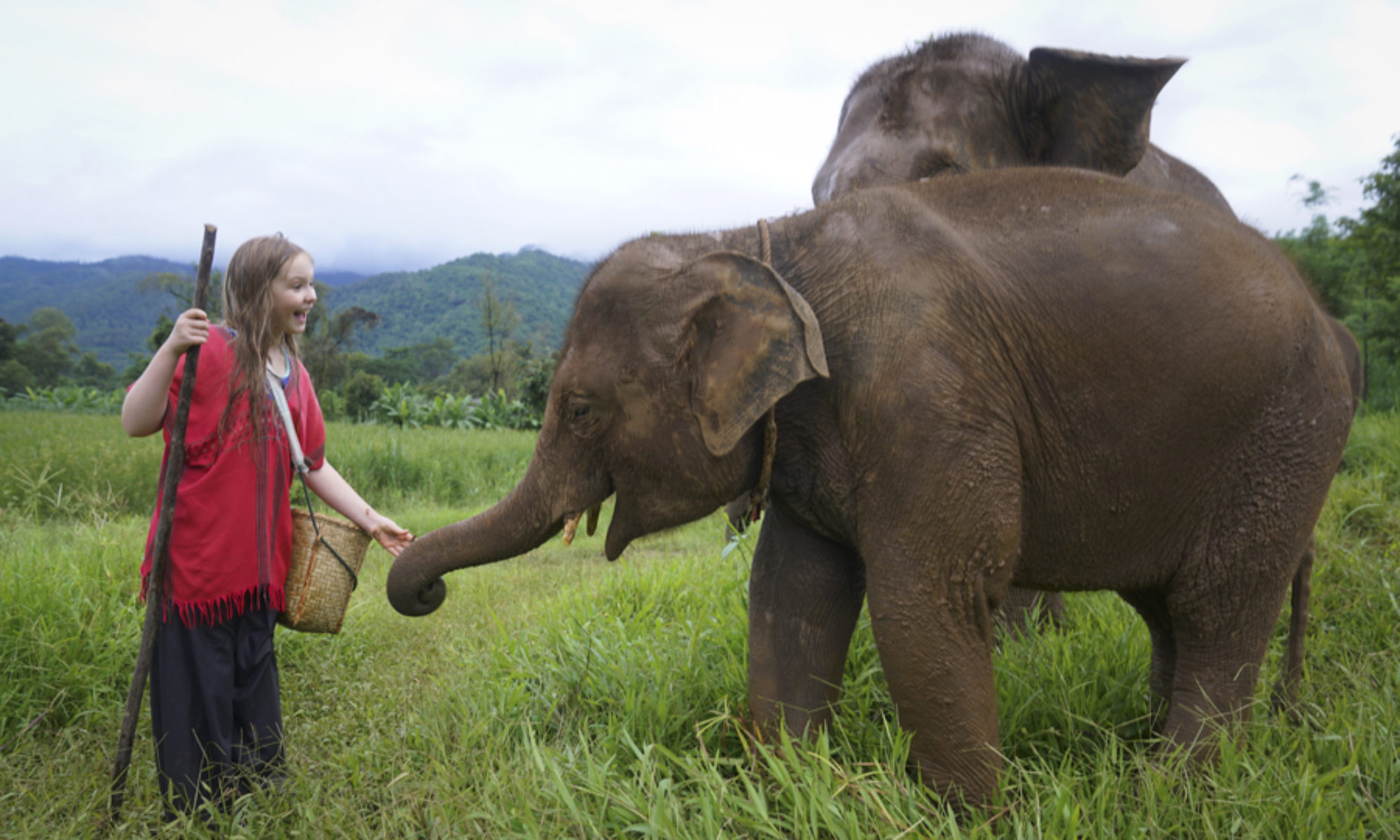
We were planning to do a cooking class in Cuzco, but the menus on offer didn’t appeal to us so we decided to do a chocolate workshop instead. It turned out to be a lot of fun! We learned that Africa produces the lion’s share (70%+) of cocoa worldwide, but uses pesticides. Peru, on the other hand, currently produces less than 2%, but it’s cocoa is organic – something I appreciate greatly.
We started by roasting the cocoa beans and then peeled off the husks and made tea with them.


We then ground the cocoa beans to a paste with a mortar and pestle and used it to make both traditional hot chocolate and a spicy chocolate drink with cayenne pepper. Delicious!

We learned that the paste is usually refined in a mixer for 24 hours with ingredients such as cocoa butter, sugar and milk powder. So that we didn’t have to wait to make our bonbons, our instructor gave us liquid chocolate that had already been refined. We selected molds, added nuts, raisins, and candies and poured the liquid chocolate over it. After 45 minutes of refrigeration, our creations were ready to sample. Elise’s favorite was the one with gummy bears and M&Ms, and mine were the ones with Brazil nuts and raisins.


Having tanked up on sweets, we were ready to take in some culture. My goal was to see the treasures that had been taken from Machu Picchu, but none of the artifacts we saw were identified as having come specifically from MP. We nonetheless saw many interesting pieces. We started with the Inca Museum where we were greeted by this larger-than-life Inca warrior and a craftswoman making a traditional weaving, and later, by a group of mummies, which spooked Elise.



In spite of its small size, the museum had the world’s largest collection of ceremonial Inca wooden drinking vessels.

We then visited the Museo de Arte Precolombino which had artifacts from Peru’s ancient cultures from between 1250 BC and 1532 AD. My favorites were these head figures, female fertility symbols, and this utterly simple, but beautiful bottle which has characteristics from both the Inca and ancient Cuzco people.


 PS The title of this blog was adapted from “Cappuccino & Culture”, the moniker that my friend My-Linh gave to the food and museum outings she’d planned for us group of gals back in Berlin.
PS The title of this blog was adapted from “Cappuccino & Culture”, the moniker that my friend My-Linh gave to the food and museum outings she’d planned for us group of gals back in Berlin.


You must be logged in to post a comment.